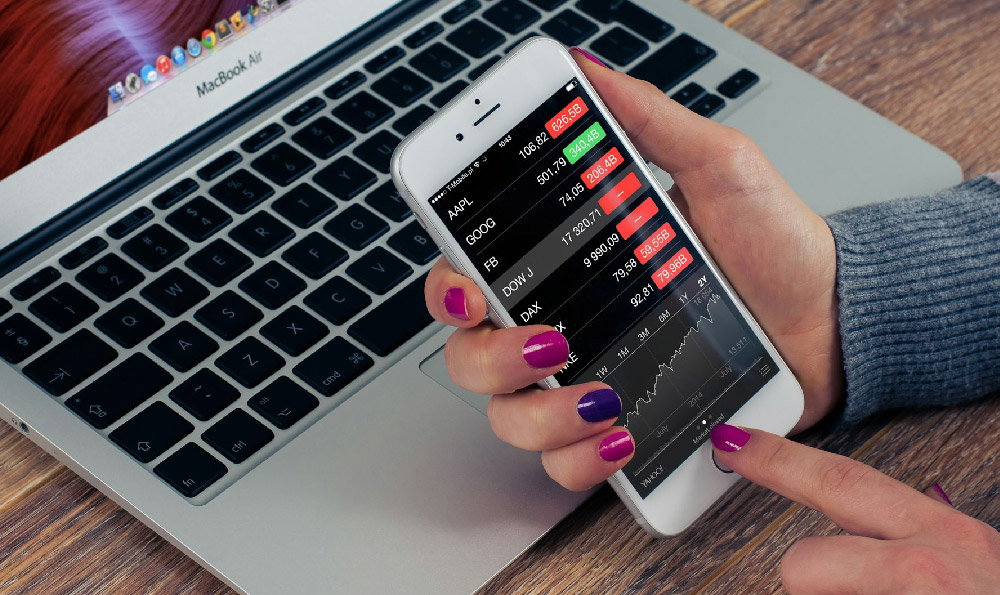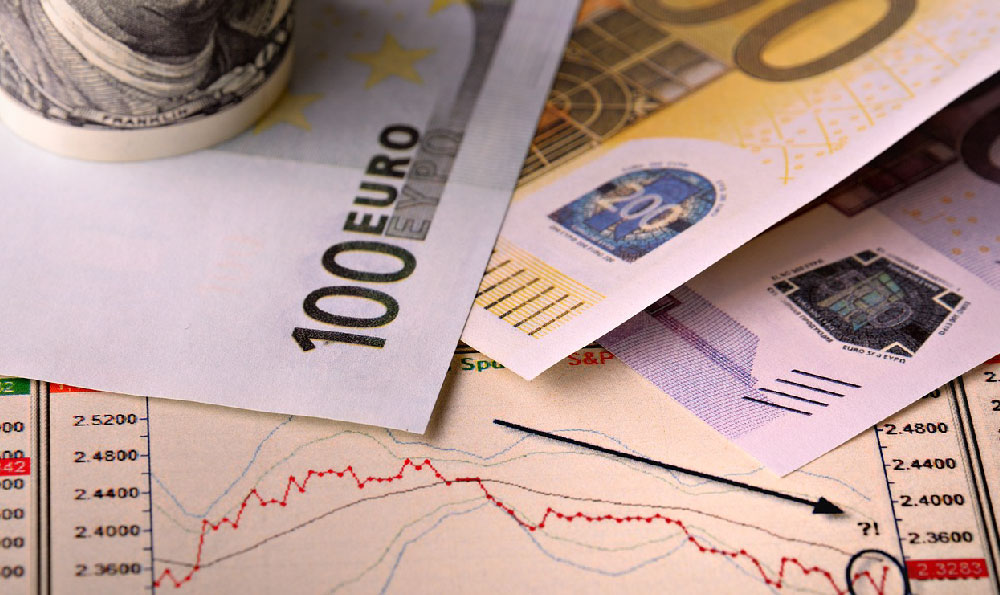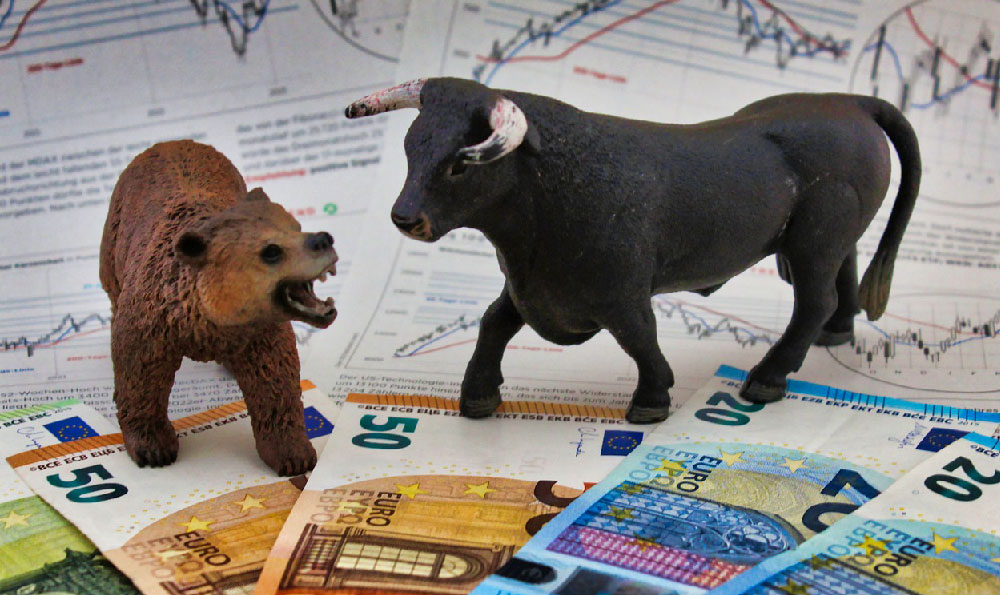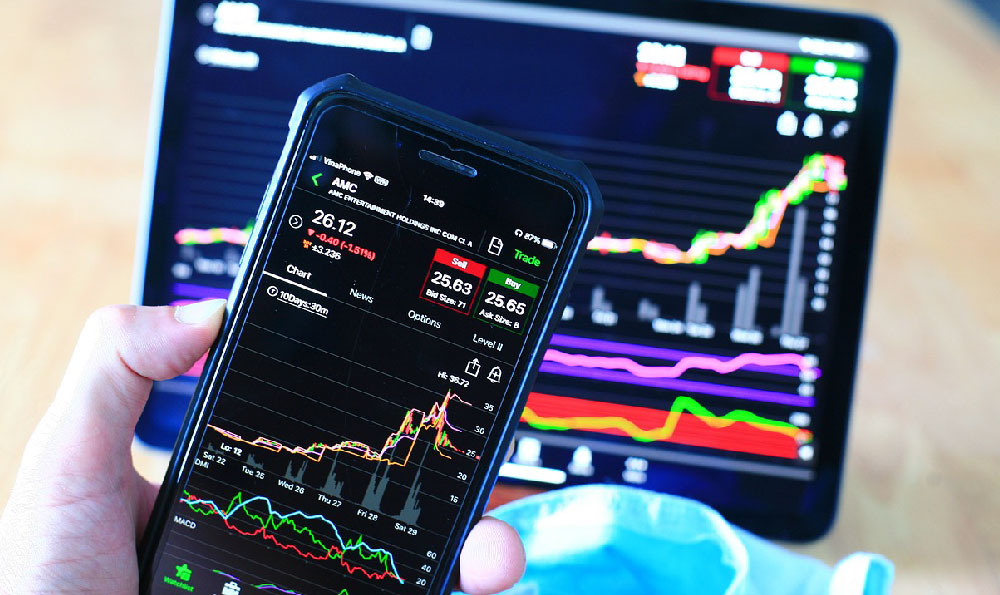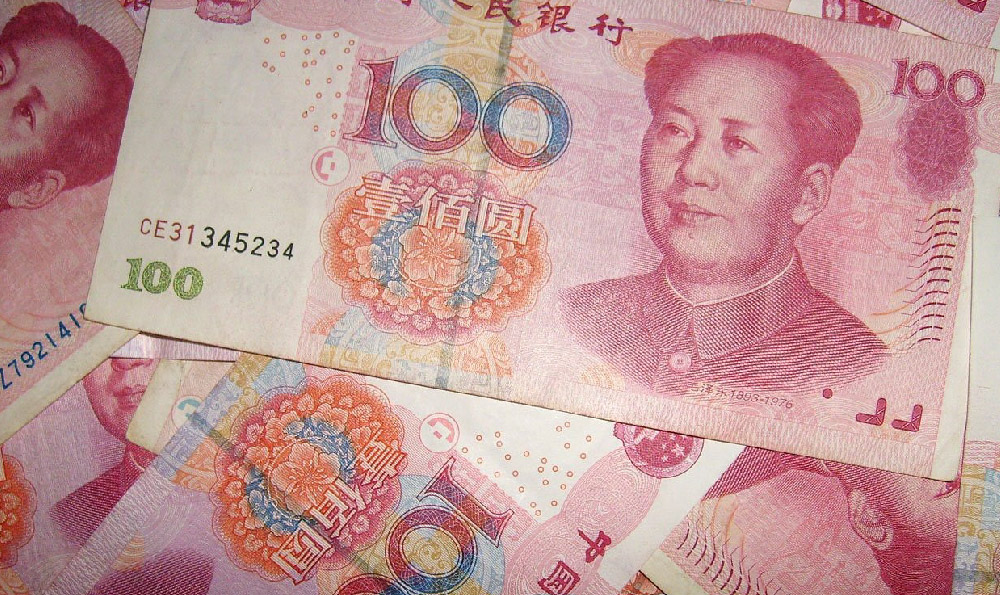Color is an omnipresent force, shaping our perceptions, emotions, and, perhaps more subtly, our spending habits. While it's an oversimplification to say a single color universally triggers spending, understanding how color psychology interacts with consumer behavior can offer valuable insights into marketing strategies and even our own purchasing decisions. The influence of color is multifaceted, stemming from a complex interplay of cultural associations, personal experiences, and inherent psychological responses.
One of the most readily apparent factors is cultural context. Colors don't exist in a vacuum; their meaning is often deeply ingrained in societal norms and historical narratives. For instance, in Western cultures, white is often associated with purity, cleanliness, and minimalism, making it a popular choice for products aiming to convey these qualities, such as bridal wear or medical supplies. In contrast, in some Eastern cultures, white is traditionally associated with mourning and death. Similarly, red, often linked to excitement, passion, and urgency in the West, might carry different connotations in other parts of the world. Marketers must be acutely aware of these cultural variations to avoid miscommunication and potentially alienating their target audience.
Beyond cultural baggage, individual experiences also play a significant role. Our personal history shapes our emotional responses to colors. A child who grew up surrounded by vibrant yellow flowers might develop a positive association with that color, linking it to joy and happiness. Conversely, someone who experienced a traumatic event associated with a particular color might develop an aversion to it. These individual biases make it difficult to create universally appealing color schemes. However, understanding broad demographic trends and lifestyle preferences can help marketers tailor their color palettes to resonate with specific consumer segments.

Delving deeper into the psychology of color, we find some general principles that tend to hold true across cultures and individuals. Red, for example, is often associated with high energy, excitement, and a sense of urgency. This is why it's frequently used in clearance sales and promotional displays to grab attention and encourage impulse purchases. It stimulates the nervous system, increasing heart rate and breathing, which can lead to impulsive behavior. However, the use of red must be carefully considered, as it can also be perceived as aggressive or overwhelming if used excessively.
Blue, on the other hand, typically evokes feelings of trust, reliability, and security. Banks, insurance companies, and other financial institutions often utilize blue in their branding to project an image of stability and trustworthiness. Blue is also associated with calmness and serenity, making it a popular choice for products promoting relaxation and wellness. However, an overabundance of blue can sometimes be perceived as cold or distant, so it's important to balance it with warmer tones.
Green is often linked to nature, health, and sustainability. It's a popular choice for environmentally friendly products, organic foods, and businesses promoting a sense of well-being. Green is also associated with balance and harmony, making it a versatile color that can be used in a variety of contexts.
Yellow is a cheerful and optimistic color, often associated with happiness, energy, and creativity. It's a good choice for products targeting children or those seeking a sense of fun and playfulness. However, yellow can also be perceived as cheap or frivolous if not used carefully.
Purple is often associated with royalty, luxury, and sophistication. It's a popular choice for high-end brands and products targeting a discerning audience. Purple can also evoke feelings of mystery and creativity, making it a good choice for artistic or spiritual endeavors.
Black is a powerful and versatile color, often associated with sophistication, elegance, and authority. It's a popular choice for luxury brands and products that want to convey a sense of exclusivity. However, black can also be perceived as somber or depressing if not used carefully.
The effectiveness of color in triggering spending also depends on the specific product and the target audience. For example, bright, vibrant colors might be more effective for attracting attention to children's toys, while more muted and sophisticated colors might be better suited for luxury goods. The overall design and layout of the marketing materials also play a crucial role. A well-designed website or advertisement that effectively utilizes color can create a compelling and persuasive message, while a poorly designed one can have the opposite effect.
In addition to these general principles, marketers often use color psychology strategically to create specific emotional responses. For instance, complementary colors, such as blue and orange or red and green, can create a sense of vibrancy and excitement. Analogous colors, such as blue, green, and turquoise, can create a sense of harmony and tranquility. By carefully selecting and combining colors, marketers can influence consumer perceptions and ultimately drive sales.
Ultimately, while no single color guarantees a purchase, understanding the psychology of color and its cultural context is a powerful tool for marketers. By carefully considering the target audience, the product being sold, and the desired emotional response, businesses can use color to create more effective marketing campaigns and drive sales. For individuals, being aware of how color influences purchasing decisions can lead to more conscious and deliberate spending habits. Recognizing the persuasive power of color allows us to make more informed choices, rather than being swayed by subconscious emotional triggers. By understanding the subtle language of color, we can become more discerning consumers and make purchasing decisions that align with our values and needs.


